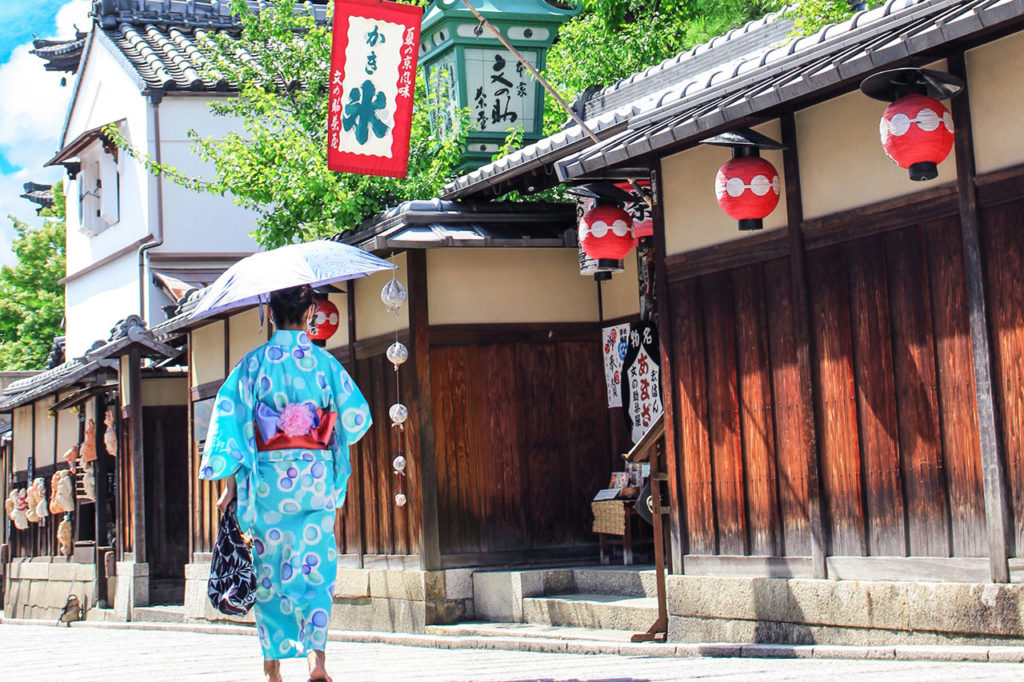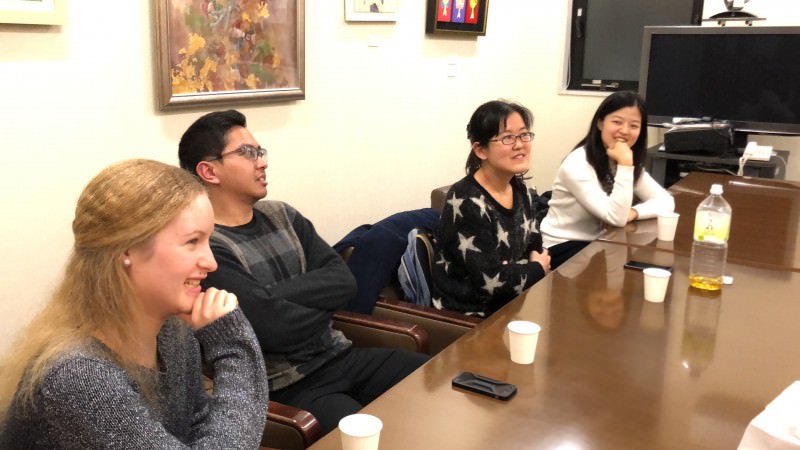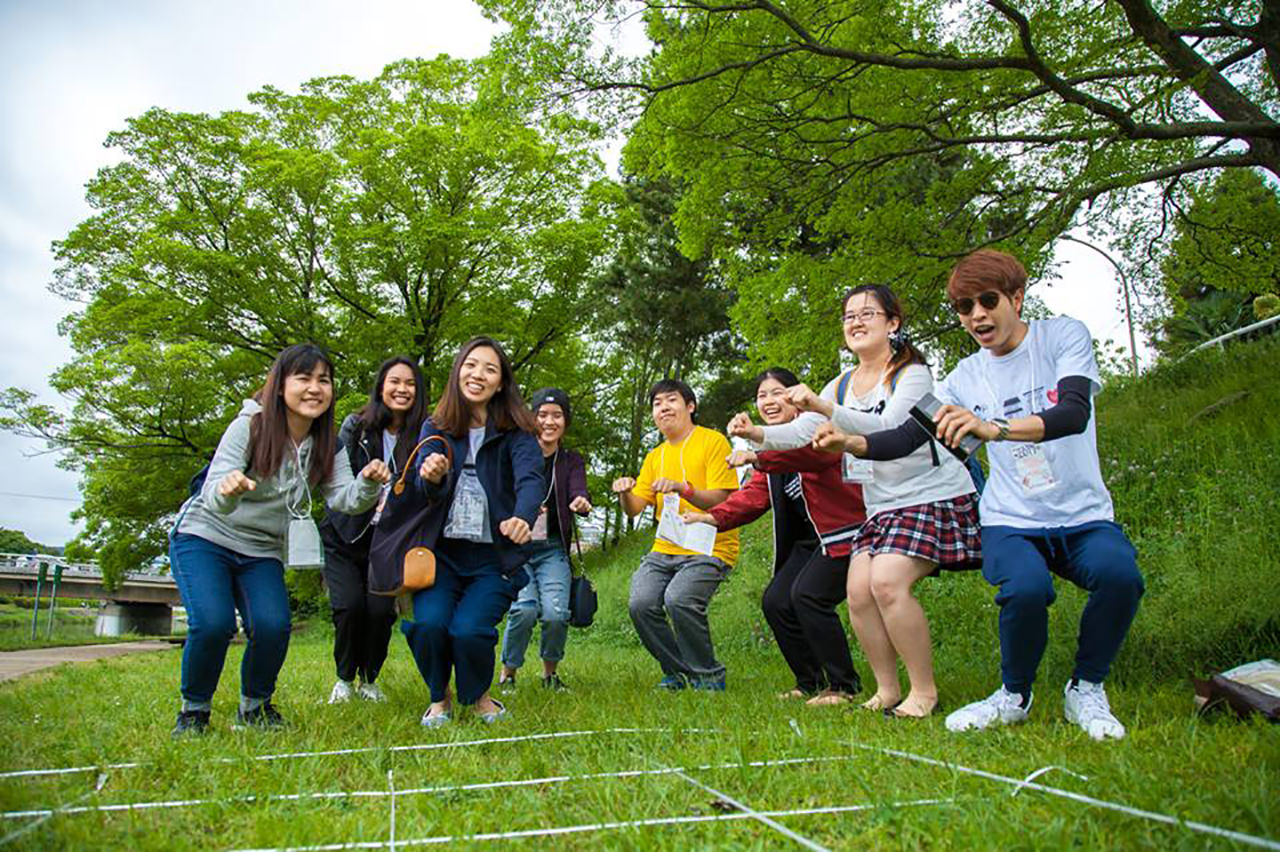Culture Shock in Japan: What to Expect
2018.03.09

You’re here, you’re in Japan. You’re living the dream! Everything is new and exciting, from the fantastic Kyoto temples nearby, to the Japanese classmates you’ve met in your new club activities.
When you go abroad to study for an extended period of time, and not for a two-week vacation, though, you may realize after a while that you’ve brought along a guest you didn’t really invite. This unwelcome guest is called culture shock. Don’t worry, though—it tends to tag along with all students who are studying abroad in a culture different from their own. When it comes to culture shock, first of all, know that you are not alone.
What is culture shock?
So-called “culture shock” is typically described in a series of stages. How long each of these may last (or even cycle) depends on the individual.
Stage 1: The Honeymoon Phase
As it applies to relationships, too, the honeymoon phase is a period in which you can’t get enough of your new environment. You notice differences in the culture around you largely as positives—everything is new and thrilling! During this period, you are looking at Japan very much like a tourist or other short-term visitor would.
Stage 2: Culture Shock
This phase is also variously referred to as the “frustration” or “negotiation” stage, and typically begins after a person has spent a while in a foreign country. The happy glow of the honeymoon phase has begun to wear off, and your surroundings no longer look so foreign. Since you’ve started to get used to things around you, the food, people, and culture that were so exciting before don’t thrill you with the same newness. Instead, the differences you notice tend to be negative. During this stage, you may feel confused and frustrated, and feel compelled to criticize your host culture, and suggest the “right way” of doing things (i.e. how you did things back in your home country). You may feel frustrated at your ability to communicate. Some people may feel down, or homesick during this period.
And that’s ok!
This is an adjustment stage that most people go through. Try not to let the frustrations consume you: seek support from friends. It helps to feel understood, so share your annoyances with friends, but try to keep an open mind.
Stage 3: Adjustment
There is light at the end of the tunnel! After several months, you start to know what to expect in your new host culture. Things may not feel shiny-new, but you understand your surroundings a bit better, so differences don’t come as a shock or aggravation. During this stage, you’ll begin to figure out how to navigate in Japanese culture. You will begin to notice positives in the cultural norms around you.
Stage 4: Adaptation/Assimilation
During the final phase of culture shock, which may come in months or years, a person will feel comfortable and familiar with their host culture. This doesn’t mean complete cultural understanding or conversion, but that you are able to navigate your environment with ease, and participate fully in your host culture.
Some even add an additional two stages, in which a person may start with the elation of the honeymoon phase, enter a period of frustration and annoyance, and then adjust, but superficially. After this “surface adjustment,” a person may find themselves deep into culture shock again as they face difficulties regarding deeper cultural facets and/or interpersonal issues. These periods are then followed by assimilation and adaptation.
Many also experience what’s known as “reverse culture shock” when they go back to their home countries.
Kyoto Students Share Their Experiences with Culture Shock
Don’t take our word for it: we asked a group of students studying in Kyoto about times when they experienced culture shock.
Mono (Indonesia): “[While in Kyoto,] I’ve often wondered why the city is so clean even though there are almost no trash cans. It didn’t occur to me that I’d have to take it home with me at first.”
Hyejin (Korea): “Kyoto is pretty strict about how people separate their trash, too.”
Katrina (United States): “Whenever I see someone hesitating by the [different kinds of] trash cans at school, I know it’s a new international student. They’ll go to throw something away, stop in front of all the bins, and look at the labels on all of them. There are bins for paper, plastic, and burnable, but when you have a piece of plastic with a paper lid stuck on it, [new students] often get confused. (laughs)”
Click here to read more about the experiences of these students in Kyoto!












